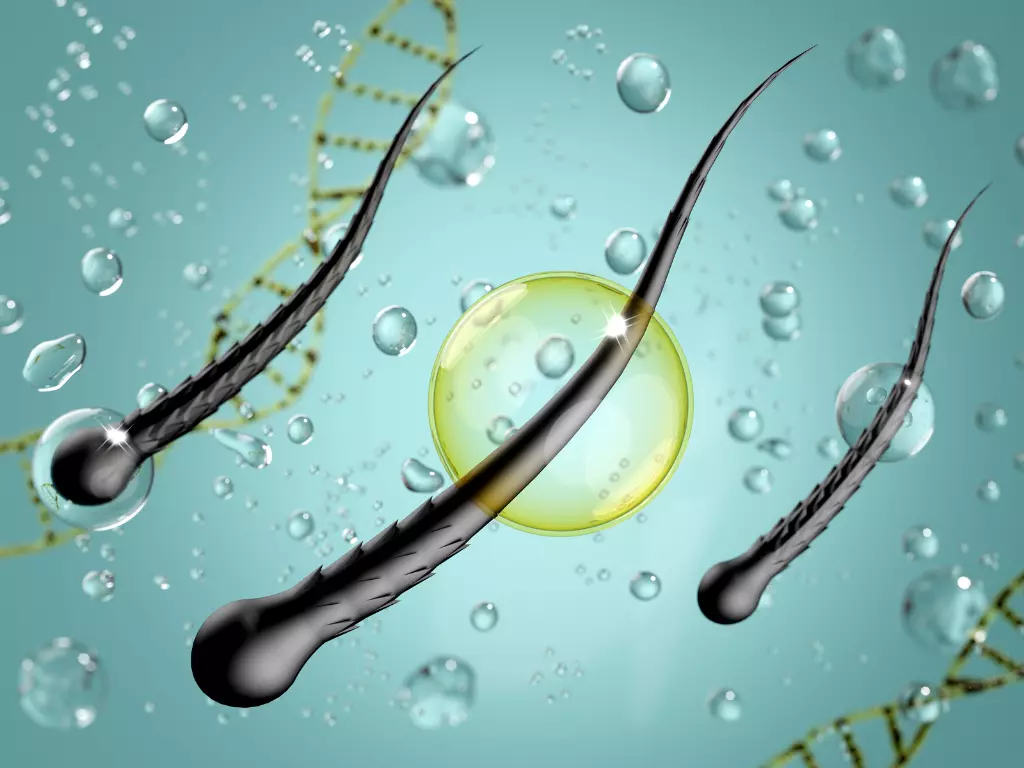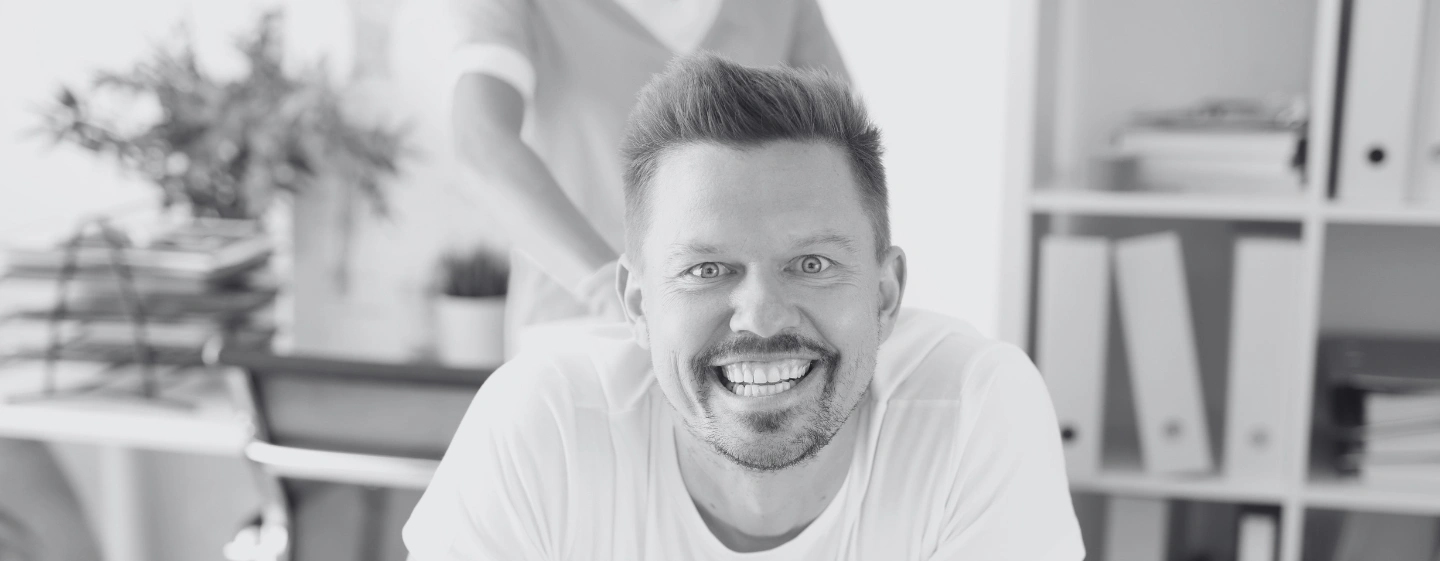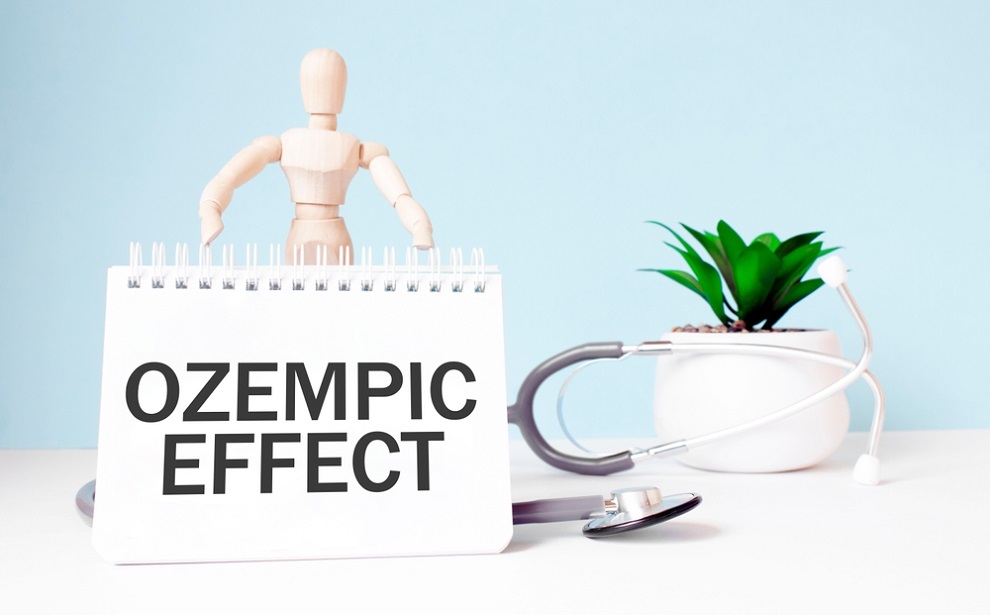Over the years, the number of people suffering from hair loss is increasing. By age 35, approximately 40 percent of men suffer visible hair loss; by 60, this increases to 40 to 65 percent. Fortunately, advancements in science have developed several treatments to combat these issues effectively. This article examines Minoxidil's efficiency as a hair loss treatment drug and its side effects.
What is Minoxidil?
Minoxidil is an FDA-approved medication used primarily to treat visible hair loss or Androgenetic alopecia. Androgenetic Alopecia is also known as male-pattern baldness, female-pattern hair loss or female-pattern baldness. These conditions cause excess hair shedding and receding frontal hairline.
These are hereditary medical conditions and the most common form of hair loss in men and women. Minoxidil is also helpful in treating hair loss from alopecia areata, alopecia areata incognito, hair transplant, and hereditary hypotrichosis.
Originally, Minoxidil was an oral medication for treating high blood pressure (hypertension). Its main antihypertensive effect (effect on lowering blood pressure) was vasodilation (relaxing the blood vessel walls) and decreasing blood pressure.
While undergoing clinical trials, the drug's capability to stimulate hair growth became apparent. A few participants started experiencing hair growth in previously bald or thinning areas. Minoxidil hair loss treatment has since become the hair loss treatment of choice by healthcare professionals.
What's the Difference Between Minoxidil and Rogaine
You may be familiar with Rogaine as a medication for treating hair loss, but how does Rogaine differ from Minoxidil?
Minoxidil is the active ingredient in Rogaine®, which also contains several inactive ingredients such as butane, purified water, and lactic acid. Minoxidil is the main ingredient in several other brands under different names. But Rogaine remains one of the most popular and widely used treatments for hair loss.
Minoxidil is available in various forms, including oral Minoxidil, topical solutions, and foams. Apart from oral tablets, these multiple forms of Minoxidil are applied directly on the affected area of the scalp. Used consistently, Minoxidil will help stimulate hair growth and combat the effect of hair loss. However, oral Minoxidil still has no FDA approval; therefore, its use is off-label.
Unlike other topical formulations, Minoxidil is available over the counter. This makes getting the various minoxidil topical formulations easier without a doctor's prescription.
Minoxidil is a powerful drug, but it is not without its side effects. Thankfully, these side effects are manageable, making Minoxidil one of the best hair loss treatments out there.
How Does Minoxidil Work

Minoxidil is applied to the hair and scalp and helps to replace older hair follicles with new hair follicles by prolonging the anagen phase of hair cells. This promotes hair growth by increasing blood flow in those affected areas. It also helps to stimulate hair follicles that have become redundant, causing hair regrowth and hair retention. But what is the anagen phase?
To understand how Minoxidil works, you must first understand the fundamental hair growth cycle. Your hair follicles undergo three main phases: the Anagen phase, the Catagen phase, and the Telogen phase.
1. The Anagen Phase:
The hair follicles are in their active stage during the Anagen phase. The hair shaft steadily expands during this stage as new hair cells develop at the root and are propelled upward. This stage determines the length of your hair.
2. The Catagen Phase:
This is a transitional phase. The catagen phase signals the cessation (end) of active growth. This phase is brief as it only lasts for a few weeks. During this phase, the hair follicles shrink and separate from the blood supply, which ultimately causes the hair to fall out.
3. The Telogen Phase:
The final phase is the Telogen phase, also known as the resting phase. During this stage, the old hair is still present because the old is not actively generating new cells. The Telogen phase lasts longer than the Catagen phase, and the hair growth cycle eventually reverts to the Anagen phase. However, a few things can disrupt this cycle and cause problems with hair loss.
Genetics plays a crucial influence in Male Pattern Baldness (Androgenetic Alopecia).
Dihydrotestosterone (DHT), a product of the conversion of the male hormone testosterone, can shorten the Anagen phase. This eventually makes the hair thinner and shorter when the hair follicle goes dormant and stops producing new hair.
Another thing that can disrupt the hair growth cycle is a condition called telogen effluvium. Telogen effluvium is a common type of hair loss. This condition affects people after they experience severe stress or a change in their bodies.
Minoxidil topical treatment helps increase blood flow in these affected areas, which in turn helps build strong and healthy hair.
Side Effects of Minoxidil
When discussing hair loss treatments, Minoxidil offers hope to people who wish to build strong and healthy hair. However, just like most other drugs, Minoxidil has its side effects. Let's discuss some of them.
1. Hair Shedding
It's surprising to learn that you could take Minoxidil as a treatment for hair loss but then shed your hair. However, this is nothing to worry about as it's only a common initial side effect. Applying topical Minoxidil reduces the resting phase (telogen) and increases the growth (catagen) phase. This new change in your body is what causes the initial hair shedding.
2. Scalp Irritation
Minoxidil can sometimes cause a dry and itchy scalp. Scalp irritation is more common with topical Minoxidil and often disappears over time. However, you may consider switching to the foam minoxidil or stop using it entirely if it doesn't.
Prolonged scalp irritation associated with Minoxdilil use may be because you're allergic to one of its active ingredients—most likely propylene glycol.
3. Unwanted Hair Growth
Unwanted hair growth can occur when the topical solution comes in contact with other areas of your body. Although this is rare, and usually in women, you should wash your hands thoroughly after using Minoxidil treatment to avoid this. It's also important to avoid touching other parts of your face. If you still notice unwanted facial hair growth despite being careful, it's probably best to stop using the product.
4. Rapid Heartbeat
Most of the side effects of Minoxidil are local to the application site. However, in rare cases, people have experienced increased heart rates and palpitations. This side effect is unusual because, on average, only 1% of the medication enters the bloodstream.
However, overabsorption of the drug into your body can cause systemic side effects like rapid heartbeats. Occasionally, the topical medication may enter into your bloodstream from the scalp. Because Minoxidil is a vasodilator, it increases blood flow and your heart rate. Increased heart rate can lead to chest pains and even tachycardia (a heart rate over 100 beats a minute).
If you experience chest pains, rapid heartbeats, lightheadedness, dizziness, or fainting, stop using and talk to your doctor. It may relate to the dosage, which is one reason why using the correct dosage is essential.
Also, it's more likely to experience this while using the tablet than the foam or topical variant of the drug. If you have ever had cardiac issues, speaking with a professional before using Minoxidil is crucial.
Other potential side effects of Minoxidil include skin rash, swollen face, reddened skin, and acne on the application site.
Minoxidil Side Effects and Breastfeeding Mothers.
Limited research exists on the impact of minoxidil hair loss treatment when breastfeeding an infant. This scarcity of data is primarily due to the ethical concerns surrounding controlled studies involving breastfeeding women. Excessive absorption of Minoxidil into the bloodstream could potentially transfer to a baby through breast milk.
If you are a breastfeeding mother, it's essential to consult your healthcare professional to get detailed, personalized instructions on safety.
Minoxidil Drug Interactions
Understanding how minoxidil may interact with other medications and supplements is important for safe usage. However, the advantage of topical Minoxidil is that it has very few drug interactions. You can rest assured of your safety while using the Minoxidil topical solution or Minoxidil Foam with other drugs.
However, while you are using Minoxidil treatment, you should avoid using skincare products that contain alcohol unless approved by a dermatologist.
It's important to note that oral minoxidil is typically prescribed for specific medical conditions, such as severe hypertension (high blood pressure) or, in some cases, androgenetic alopecia (hair loss). When taking oral minoxidil, it's essential to be aware of potential interactions with other medications and substances. Here are some things you should consider:
What to Avoid WIth Oral MiInoxidil
Antihypertensive Medications: Avoid using other antihypertensive medications or blood pressure-lowering drugs without consulting your healthcare provider. Combining oral minoxidil with other medications that lower blood pressure can lead to excessive hypotension (low blood pressure), which may be dangerous.
Potassium-Sparing Diuretics: Oral minoxidil may increase potassium levels in the body. Combining it with potassium-sparing diuretics (water pills) or other medications that elevate potassium levels can lead to hyperkalemia (high potassium levels), which can be life-threatening. Your healthcare provider will monitor your potassium levels closely if you are on oral minoxidil.
Beta-Blockers: The combination of oral minoxidil with beta-blockers may have additive effects on reducing blood pressure. This can be beneficial when carefully monitored by a healthcare provider but can also increase the risk of low blood pressure.
Alcohol: Alcohol can enhance the hypotensive effects of oral minoxidil and increase the risk of dizziness and fainting. It's advisable to limit alcohol consumption while taking oral minoxidil.
Other Medications: Inform your healthcare provider about all medications, including over-the-counter drugs, dietary supplements, and herbal products, that you are taking. Some medications may interact with oral minoxidil, so your healthcare provider can adjust your treatment plan accordingly.
What to Avoid With Topical MiInoxidil
Minoxidil and Alchohol: Do not use Minoxidil topical solution should with alcohol-based topical products. Using them together may reduce your blood pressure, potentially causing headaches, dizziness, and changes in pulse and heart rate. This is because minoxidil solutions contain propylene glycol. Although propylene glycol is generally safe for use, some people might be sensitive and experience skin irritation or allergic reactions.
Can you use Finasteride and Minoxidil together? Finasteride is another drug for treating androgenetic alopecia approved by the U.S. Food and Drug Administration. Studies have shown that it is safe to take finasteride while taking Minoxidil.
Combining Finasteride with Minoxidil can enhance hair growth, helping you grow healthy hair faster. Some studies have shown that using Finasteride and Minoxidil together produces better results than when used individually.
Minoxidil and Precautions
Minoxidil can be a valuable tool to combat hair loss; it is also essential to adhere to precautions. So, always observe contraindications and allergic reactions to Minoxidil.
These allergic reactions can vary in severity, from mild skin irritation to hair shedding and unwanted hair growth. If you have experienced allergic reactions to topical Minoxidil, you should avoid using it or seek professional help.
You should also discuss your health parameters with your healthcare professional. If you have a preexisting health condition, visiting the dermatology clinic is a good idea. This will help your dermatologist decide if you can proceed with your Minoxidil use.
Clinicians often advise those with existing cardiovascular symptoms to avoid minoxidil use. If you have any existing cardiovascular issues, and you've consulted a healthcare professional who okays the drug's use. You should track your blood pressure and heart rate while using Minoxidil.
While Minoxidil is available over the counter, contacting a healthcare professional is advisable before starting minoxidil hair loss treatment. They'll analyze your health profile and assess the potential risks of minoxidil treatment. They will guide you through application, dosage, side effects, and how to manage them.
If you are using minoxidil hair loss treatment, you should follow the instructions on the product label carefully. Using excess amounts of Minoxidil will not yield better results. This will only increase the risk of side effects.
So, while using Minoxidil treatment, be aware of side effects, even though they are rare. If you notice any unusual symptoms, please visit your healthcare professional immediately.
Minoxidil Side Effects and Safely Using Minoxidil
Minoxidil has demonstrated its effectiveness as a treatment for individuals dealing with pattern baldness or hair loss. Additionally, it has shown promise in addressing chemotherapy-induced alopecia, alopecia areata, alopecia areata incognito, and hereditary hypotrichosis. The ability of Minoxidil hair loss treatment to stimulate hair growth and retention has established it as a valuable tool.
Prioritizing safety is crucial, and being mindful of potential side effects is essential. Nevertheless, Minoxidil is the ideal solution for combating hair loss for countless men and women. It is generally safe and an excellent way to bid farewell to receding hairlines and bothersome bald spots.

Have Symptoms of Low T?
Elevate Your Energy and Defeat Low T with Our Expert Help





